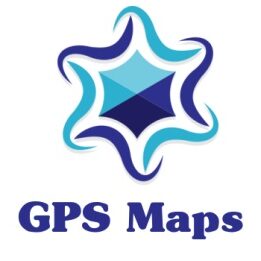There is no doubt that analytics has become an increasingly important part of business operations in recent years. The ability to track and analyze data allows companies to make better decisions, improve their products and services, and optimize their pricing strategies. In this blog post, we will discuss how analytics is used in pricing and why it is so important for businesses. We will also look at some real-world examples of how analytics has been used to improve pricing strategies.
What analytics is and how it’s used?
Analytics is a term used to describe the use of data and statistics to inform decisions. Businesses have been using analytics in pricing strategy for decades now, but it has recently become even more important as digital tools and technologies make it easier than ever to access, collect, and analyze customer data.
Analytics can be used in a variety of ways when it comes to pricing– such as helping identify trends in customer demand or assessing the impact of price changes on profits. Advanced analytics techniques like machine learning and predictive modeling can also be utilized to create more sophisticated pricing strategies that are tailored around specific customers or market segments.
For example, retailers may use analytical methods such as segmenting buyers into different categories based on their purchasing habits.
The different types of analytics and what they’re used for
Analytics is an invaluable tool for businesses when it comes to pricing strategy. It helps organizations make decisions about their prices, analyze customer data to understand what motivates buyers, and track the success of their pricing changes over time. There are several different types of analytics used in pricing:
1. Descriptive analytics
This type of analysis looks at data from the past to help determine how customers have responded to various changes in price and product offerings. This allows companies to understand how different strategies have worked in the past, so they can make more informed decisions moving forward.
2. Predictive analytics
This type of analytics uses predictive models to identify trends and patterns in customer behavior that could be useful for future pricing decisions. These models can help identify customer segments with higher or lower demand, as well as other factors that could influence a pricing strategy.
3. Prescriptive analytics
This type of analytics focuses on using data to determine the best pricing strategies for a company’s products and services. By analyzing past customer behavior, companies can make more informed decisions about how to price their products and maximize revenue.

